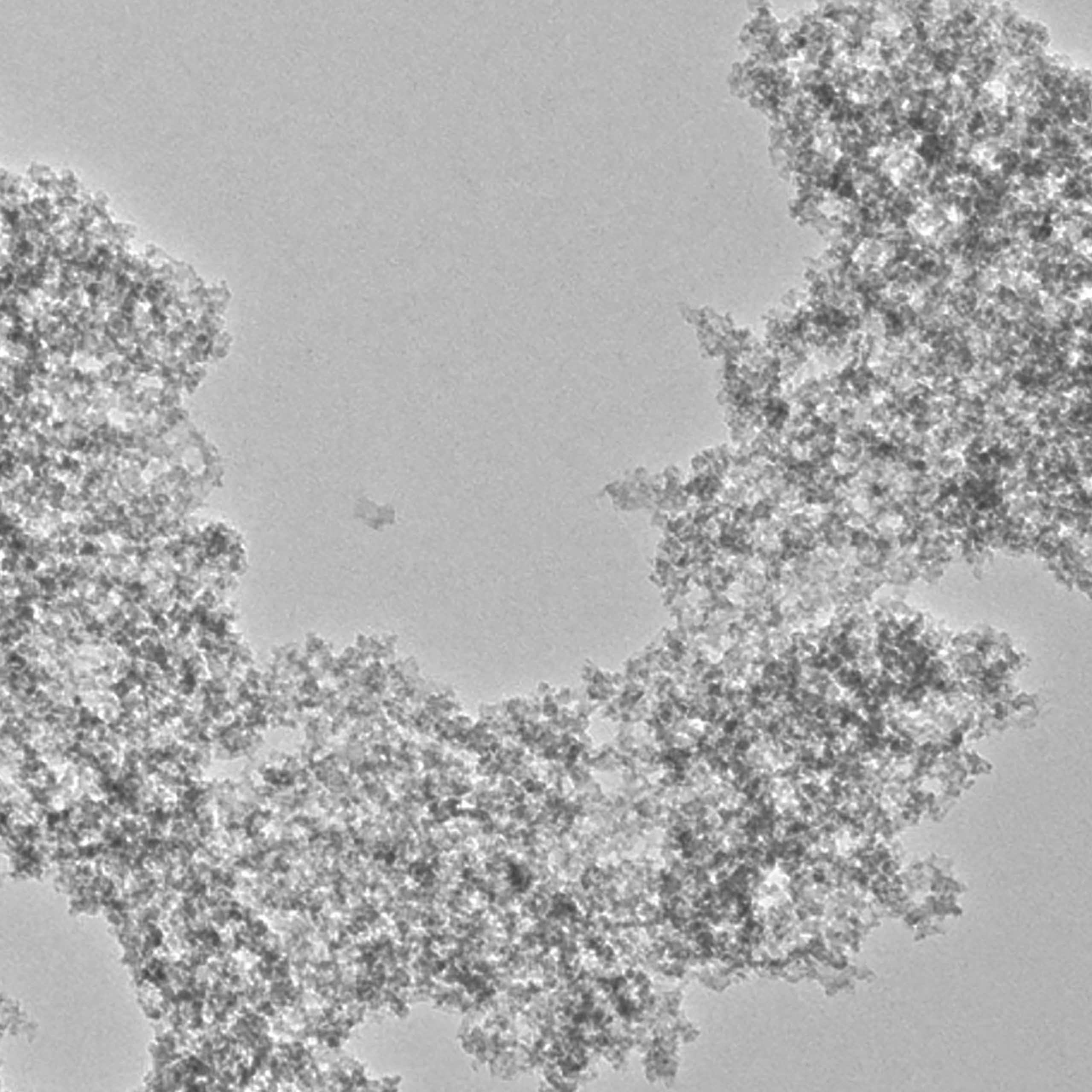
Science & Technology
Tiny particles to solve big problems
Physics professor and alum Khaled Saoud uses nanoscience to tackle issues in health, historic preservation and safety
Nanoparticles are incredibly miniscule. Invisible to the naked eye, they are measured in nanoscale, a system in which a single unit, or nanometer, is one billionth of a meter — 80,000 times smaller than the diameter of a human hair. But these small molecules make a giant impact.
They are composed of known substances, such as gold or silica, and are valued for changes in their behavioral properties because of their reduced size. Molecular traits at nanoscale could include increased durability and elasticity, and the ability to occupy less space at a greater concentration — all ideal attributes for crafting numerous technologies and materials.
Nanoscientists like Khaled Saoud, Ph.D. (M.S.’00; Ph.D.’05), discover and exploit changes in molecules at nanoscale. A researcher and physics professor at VCU’s School of the Arts campus in Qatar, Saoud creates groundbreaking nanomaterial compounds.
“I’ve been in this field since my first steps at VCU in 1998,” Saoud says. “Since then, I’ve been continuously passionate about this technology and solving real-life problems to help humanity.”
Prolific and creative, his innovations include redesigning the abaya — a dark, robe-like garment traditionally worn by Arab women — to better absorb healthful vitamin D from sunlight while blocking harmful ultraviolet rays. And formulating a metal or metal-oxide based antibacterial coating for use on hospital surfaces.
Adapting nanoparticles requires knowledge of the limitations and advantages of materials at nanoscale. From there, scientists can determine ideal amounts and combinations of materials.
“As a scientist, I start with a problem, and if there is an available solution to that problem, then I have to think of a way to manipulate that material to solve the problem,” Saoud says.

Khaled Saoud in the lab. (Courtesy of VCUarts Qatar)
In 2014, the physicist applied his knowledge of nanoscale properties to protect historic paper archives in Qatar. Sulfuric acid, first used in 1830 in printing processes, deteriorates paper fibers, slowly turning artifacts into victims of time. To neutralize the acid, Saoud produced a compound made of calcium hydroxide and barium hydroxide nanoparticles, then dissolved them in ethanol to spray on the artifacts. Larger particles would have neutralized the acid, but would have left a white residue. He also found that using a transparent, sheet-like magnesium hydroxide nanomaterial was even more effective; it neutralizes acid and provides paper fibers with a protective barrier.
“We can take brittle paper and make it stronger to last a thousand more years because of nanomaterials,” Saoud says.
Saoud’s work may also save lives. He’s developing nanomaterials that mitigate the fire risk posed by polystyrene, a commonly used construction material that is cheap and durable, but highly flammable. Saoud has produced a composite made of silica, magnesium hydroxide, a non-flammable plastic and other insulating materials that acts as a fire-resistant coating when sprayed on polystyrene.
In testing, the coating withstood 15 minutes of direct flame with minimal damage, compared to as little as 50 seconds for standard polystyrene, giving firefighters invaluable time to respond. Saoud plans to commercialize the technology after further research and development.
Another nanosheet solves dilemmas in biomedicine instead of construction — which isn’t a far jump in nanoscience. The material forms the base of a 3D printing resin Saoud is developing for creating body implants and prosthesis. Silica, a soft and malleable solid, is combined with other nanoparticles to create a light, rigid and strong compound.
It’s one more example of how a single material can be used in many ways, Saoud says, in a field where the possibilities, cliché as it sounds, might be endless.
